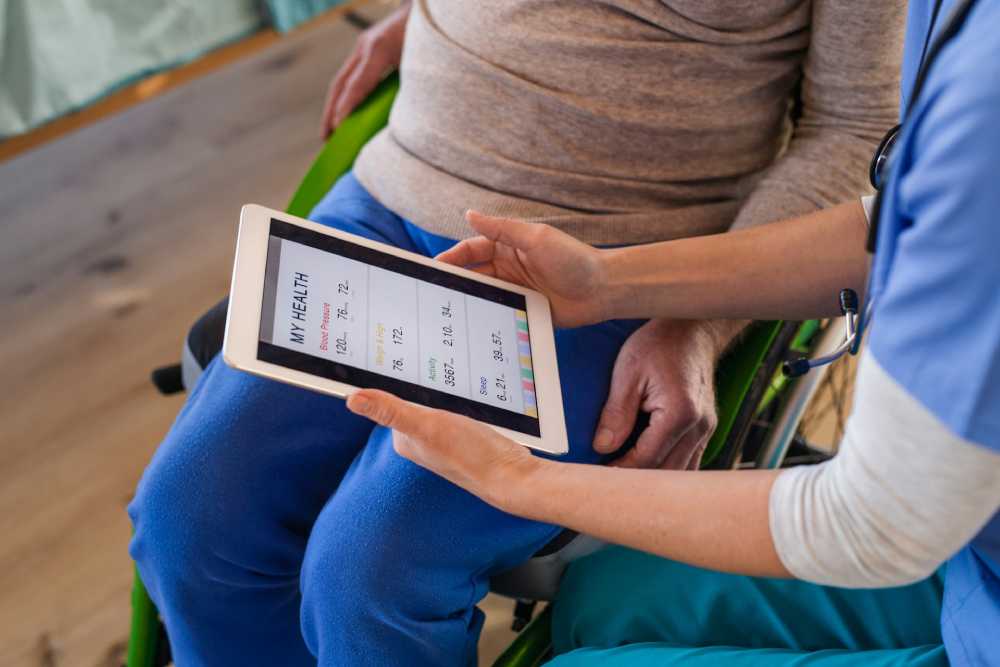Patient check-in can be an administrative bottleneck in any healthcare practice. Manually re-entering information can lead to inaccuracies and add up to wasted time.
Offering patients a convenient digital way to check in, confirm appointments, and make payments can give your organization a competitive edge. Learn how digital patient intake is transforming healthcare practices.
Improved Patient Satisfaction
Ensuring patient satisfaction is a top priority for all healthcare practices. However, it’s hard to achieve when your staff is swamped with manual work. Traditional paper forms require a lot of manual data entry, which increases the probability of mistakes and leads to costly errors.
In addition, your patients are likely to experience frustration and inconvenience when filling out lengthy forms in a busy waiting room. A digital patient intake process is the best way to avoid these problems and improve the overall patient experience.
Moreover, your patients will appreciate the ability to check in before their appointment from home or on the go. They will also be more committed to their appointment when they can complete all required forms before arriving in your office.
It will lead to fewer missed appointments, which helps boost your revenue and patient engagement. With online forms, patients can even fill out a clinical questionnaire on their mobile devices from the comfort of their homes, which increases completion rates.
Increased Patient Engagement
Patient onboarding can be a frustrating experience for new patients. Paperwork prolongs waiting room time and delays seeing the doctor, so digital patient intake software is critical for converting and keeping new clients.
With digital forms, patients can complete paperwork independently before their appointment, on their preferred device, and at their convenience. Automated reminders ensure that forms are submitted before their actual clinic visit, avoiding unnecessary paperwork delays.
Traditional paper-based forms have several problems that can negatively impact client satisfaction and lead to higher costs for practices. For example, staff often spends hours transcribing information, which could be more efficient and engaging.
Also, illegible handwriting, missing forms, or incomplete submissions result in multiple follow-ups that slow the process. Digital forms eliminate these issues, saving staff valuable time and reducing costs. They also allow your practice to collect a more accurate, complete set of data that translates into better treatment outcomes and lowers the risk for malpractice.
Increased Revenue Opportunities
In addition to reducing costs, software improves patient satisfaction and staff productivity. Clinics and solo practitioners can use a digital intake process to reduce in-office wait times, offering patients more flexible and convenient check-in options. It increases customer engagement, loyalty, and involvement in achieving health outcomes.
Patients often struggle to fill out paper forms in busy waiting rooms, especially when in pain or stress. They may have illegible handwriting, forget essential documents like proof of ID and insurance details, or must follow up to complete their form. All of these delays increase waiting room time and delay seeing the physician.
Additionally, a paper-based intake process requires a significant amount of manual data entry by front-line staff. A digital approach eliminates this burden and saves time by automating the information flow from the intake to SOAP notes. It reduces data errors and frees your staff to focus on patient-centric duties.
Increased Staff Productivity
A vital component of a digital patient intake system is automated reminders that notify patients via email or text to complete their paperwork online before their visit. It reduces their time in your waiting room and eliminates errors caused by illegible handwriting.
Manual data entry is also more error-prone as staff members divide their attention between completing forms and managing patient requests. It can result in lost or misplaced information and a higher likelihood of missed opportunities to engage with patients.
In addition to streamlining your front office processes, a digital patient intake solution can help you improve your bottom line by eliminating inefficiencies. A digitized check-in process allows you to provide your patients the convenience they expect, saving you money on paper, ink, and printing costs.
It can also boost revenue opportunities by improving appointment confirmation rates and reducing no-shows. Minimizing phone calls and other manual processes can make your team more productive.







0